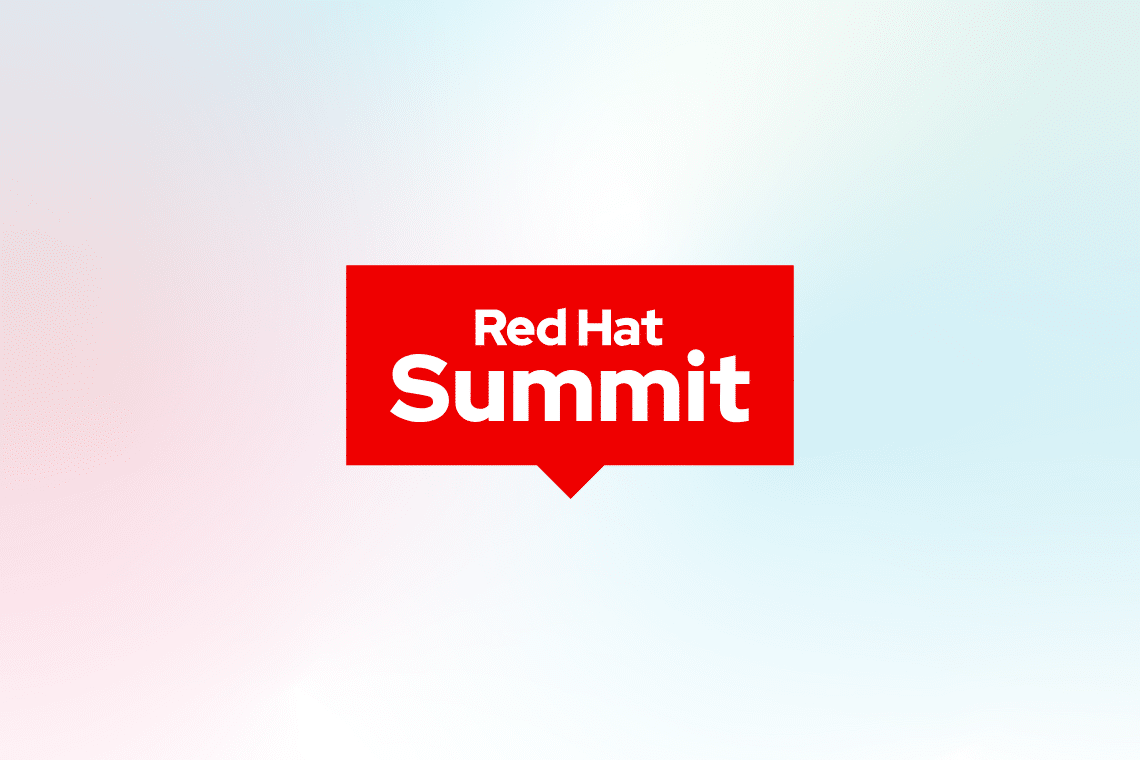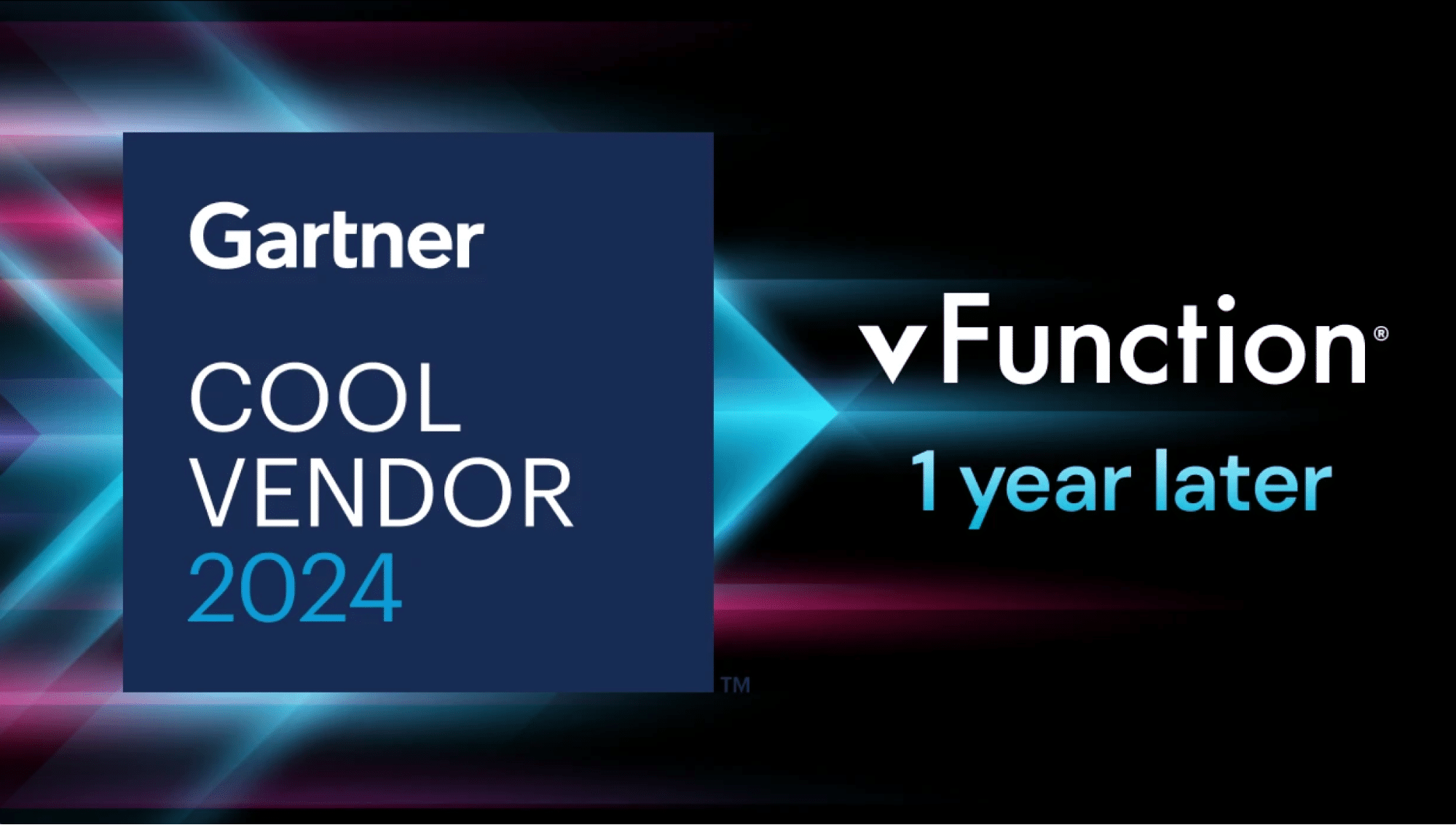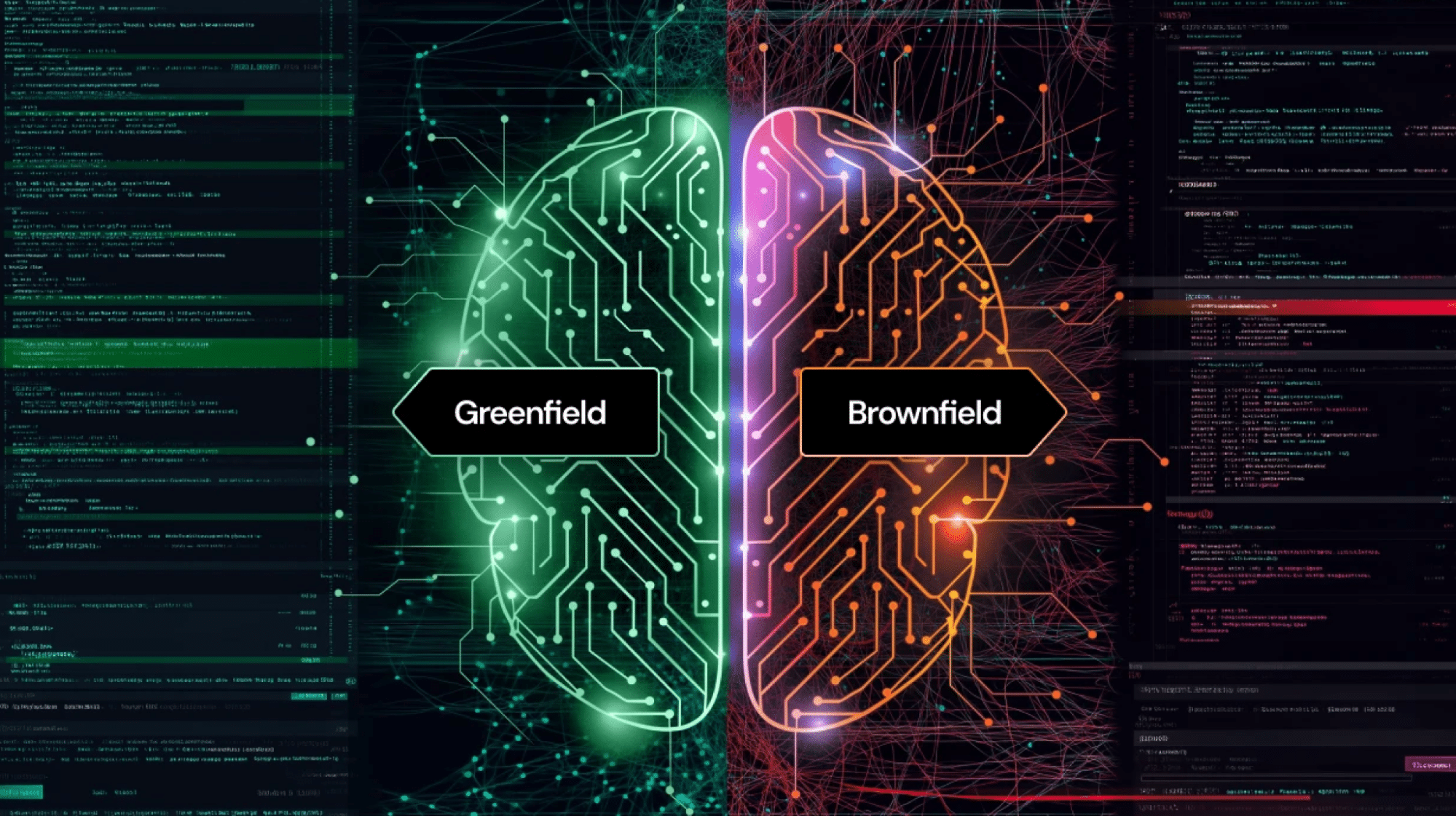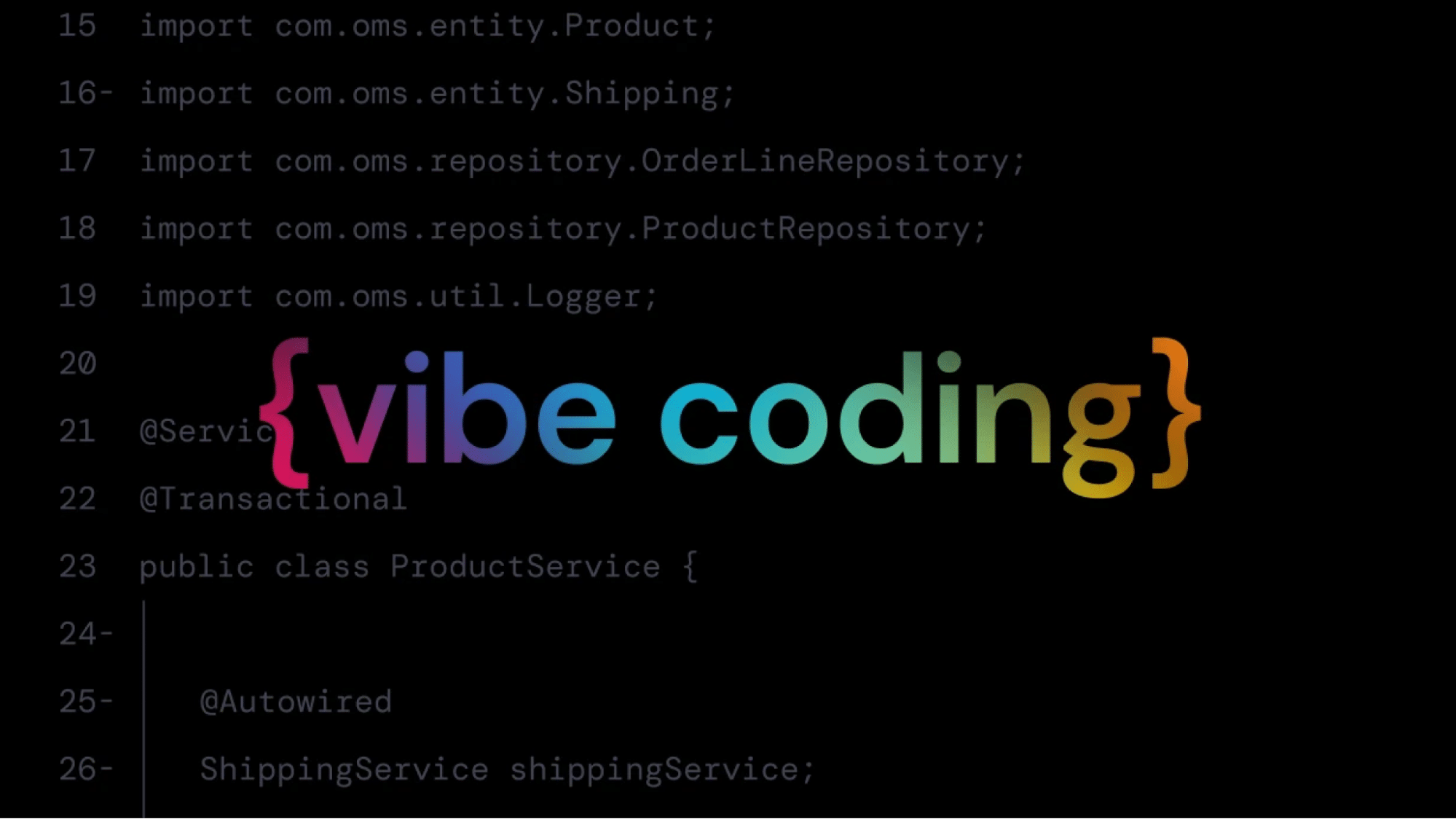Why do application modernizations fail 79% of the time? Red Hat and vFunction answered that question at Red Hat Summit 2023 and provided three recipes for success. Co-presented by Markus Nagel, Principal Technical Marketing Manager at Red Hat and Bob Quillin, Chief Ecosystem Officer at vFunction, the session is now available on-demand on the Red Hat Summit 2023 Content Hub (registration required).
Check out the full video to see how-to details behind these recipes including:
- Recipe #1: Shift left and use observability, visibility, tooling to understand, track, and manage architectural technical debt
- Recipe #2: Use AI-based modernization & decomposition to assess complexity, identify domains & service boundaries, eliminate dead code, build common libraries
- Recipe #3: Leverage the strangler fig pattern to shift traffic and workload from monolith to new microservices
Specific integration patterns detailed in the session described how to use vFunction Modernization Hub to decompose and extract one or more microservices from a monolith. This involved leveraging the vFunction Red Hat Certified OpenShift Operator and using the OpenAPI definitions generated by vFunction Modernization Hub to expose the new microservices via Red Hat 3scale API Management on OpenShift.
As a foundation, these new services would also benefit from cloud-native runtimes such as Quarkus. Alternatively, Red Hat also supports Spring Boot on OpenShift, among other available options.
To execute the Strangler Fig Pattern, the session described how to use the new Red Hat Service Interconnect (based on the open source Skupper project) to connect the remaining monolith (and possibly other legacy components) with the new microservices on OpenShift.
Details of the session include:
Session Link: https://events.experiences.redhat.com/…
Session Title: Why Application Modernizations Fail (and 3 Proven Recipes for Success)
Abstract:
Why do application modernizations fail? Attempts to modernize monolithic applications into microservices —specifically business-critical Java and .NET apps we depend on every day—can be frustrating and fraught with failure.
In this virtual session, we will:
- Identify key reasons for failures from independent industry-based surveys.
- Explore 3 proven recipes for successful modernization with case study examples, demonstrations. and deployments to Red Hat OpenShift.
- Explore the role of artificial intelligence (AI)-augmented architectural (technical) debt assessment, observability-driven decomposition analysis, and strangler fig pattern rollouts.
- Architects and product owners will learn how to use the automated analytics of vFunction AI-driven assessment and analysis of monolithic applications to deploy on Red Hat OpenShift, while significantly reducing the effort and risk of the process.






